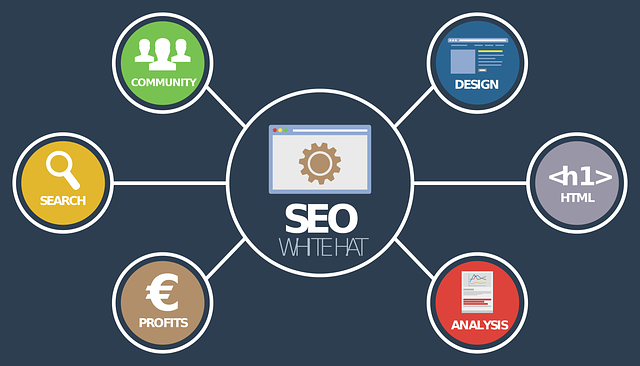Being successful with search engine optimization (SEO) in the age of Penguin, Panda, Hummingbird, and other significant Google algorithm updates requires creating high-quality content that attracts links. But if your site contains structural or other technical problems, no amount of high-quality content will make a difference in your search engine rankings.
This blog outlines the most common technical SEO issues that firms face along with their solution.
What is technical SEO?
Technical SEO involves improving your website and server to make crawling and indexing easier for search engine spiders. It is crucial to make sure Google bots can easily navigate and crawl through your page. Additionally, it makes sure that the website is clear of all technical flaws that can restrict it from ranking higher in SERPs. In light of this, technical SEO is essential for drawing in visitors and converting them into paying consumers. The final and most obvious advantage of technical SEO is that, if your site is fully optimized, you are likely to generate more traffic.
1. Duplicate Content
Most SEO professionals mention duplicate content to be the most common technical SEO issue most companies face today. Duplicate content issue refers to any content which is considered similar to or exactly the same as the content that you put up on your site.
Additionally, popular content management system (CMS) features like sorting parameters and printer-only web pages repeat content on the main page. On a global website, the exact same material is translated into other languages.
The fix is to have a crawler go through your website looking for duplicate content and use “crawl directives” to notify Google some URLs are more important than others.
2. Improper Redirect
Sometimes it’s necessary to transfer an entire website or a single page to a different URL. The easiest way to make sure visitors and search engines are taken to the right page is through a 301 redirect.
It’s likely that links and URLs from your previous website are not aligned to your new website if you rebuilt it without an SEO expert’s assistance.
Such SEO-related technological problems are common. To make it easier for users to find the old site pages, you must set up 301 redirects from the old pages to the new ones. Find 404 pages “not found” problems on your website and employ 301 redirects to send visitors to the correct pages.
You can easily find your 404s and 301-redirect them to more pertinent websites using Google Webmaster Tools. Large projects require this challenging but vital activity.
3. Missing Alt Tags
Missed SEO opportunities include broken photos and those without alt text. By informing the bot about the subject of the image, the image alt tag attribute aids search engines in indexing a page. Through the use of image content that improves user experience, you can easily increase the SEO value of your page.
Images that are broken or lack alt tags will typically be found during SEO site audits. Image alt tags on your website can be managed and kept up to date more easily if you conduct regular site audits to check on your image content as part of your SEO standard operating procedures.
4. Messy URLs
CMS and blog software can occasionally generate strange URLs on their own. Your responsibility now is to modify and improve them. You may have come across websites with pages whose URLs finish in “index.php?p=854748.” Such URLs can undermine the confidence and trust that users and search engines place in your company. You should update the URLs so that they contain the relevant term.
SEO-friendly URLs consist of keywords, which makes it easy for both visitors and search engines to read and interpret. It’s vital to have SEO-friendly URLs as you want your site to be easy to index and rank.
5. No HTTP Security
When you enter your domain name into Google Chrome, it will show a grey background if your website is not secure or, worse still, a red background with a “not secure” notice. Users might then instantly leave your site and return to the SERP as a result of this.
Checking to see if your site is HTTPS is the first step in this simple remedy. Simply enter your domain name into Google Chrome to accomplish this. Your site is secure if you see the “secure” message. Otherwise, you must switch your website over to HTTPS and get an SSL certificate from a Certificate Authority. Your website will be safe once you have purchased and installed your certificate.
Summary
In this blog, we discussed some of the most common technical SEO issues that most companies face. Taking care of these issues will greatly affect the visitors’ experience and help you achieve higher rankings.

